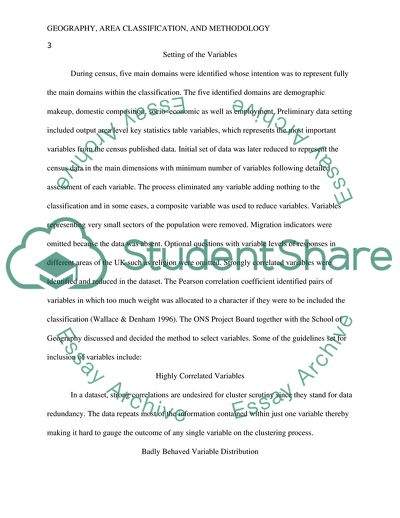Cite this document
(Geography, Area classification and methodology Coursework, n.d.)
Geography, Area classification and methodology Coursework. https://studentshare.org/environmental-studies/1767899-geography-area-classification-and-methodology
Geography, Area classification and methodology Coursework. https://studentshare.org/environmental-studies/1767899-geography-area-classification-and-methodology
(Geography, Area Classification and Methodology Coursework)
Geography, Area Classification and Methodology Coursework. https://studentshare.org/environmental-studies/1767899-geography-area-classification-and-methodology.
Geography, Area Classification and Methodology Coursework. https://studentshare.org/environmental-studies/1767899-geography-area-classification-and-methodology.
“Geography, Area Classification and Methodology Coursework”. https://studentshare.org/environmental-studies/1767899-geography-area-classification-and-methodology.


